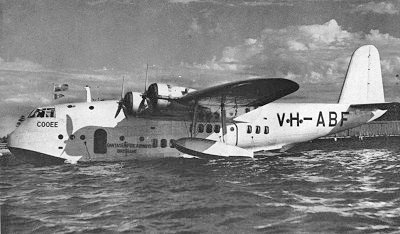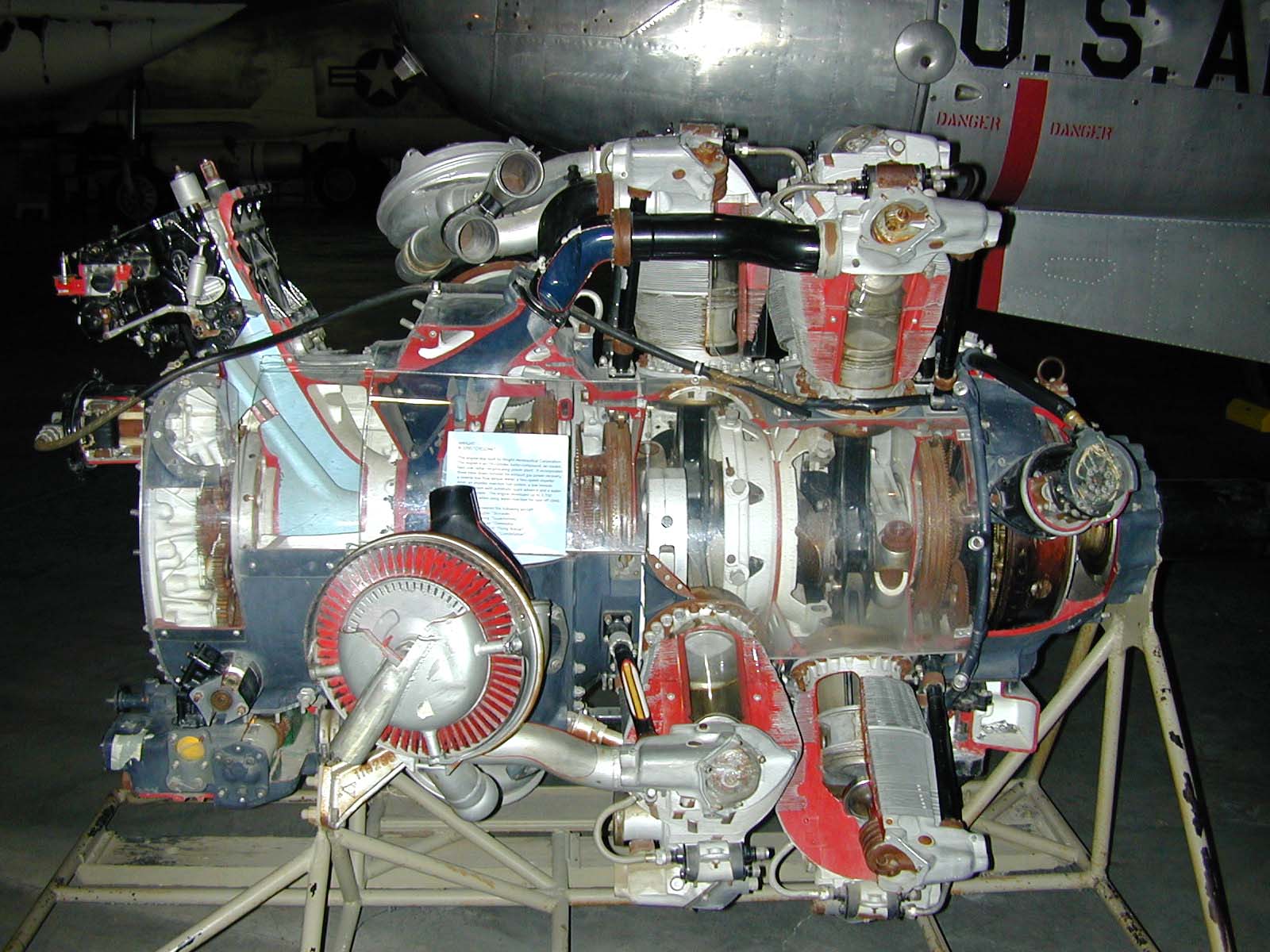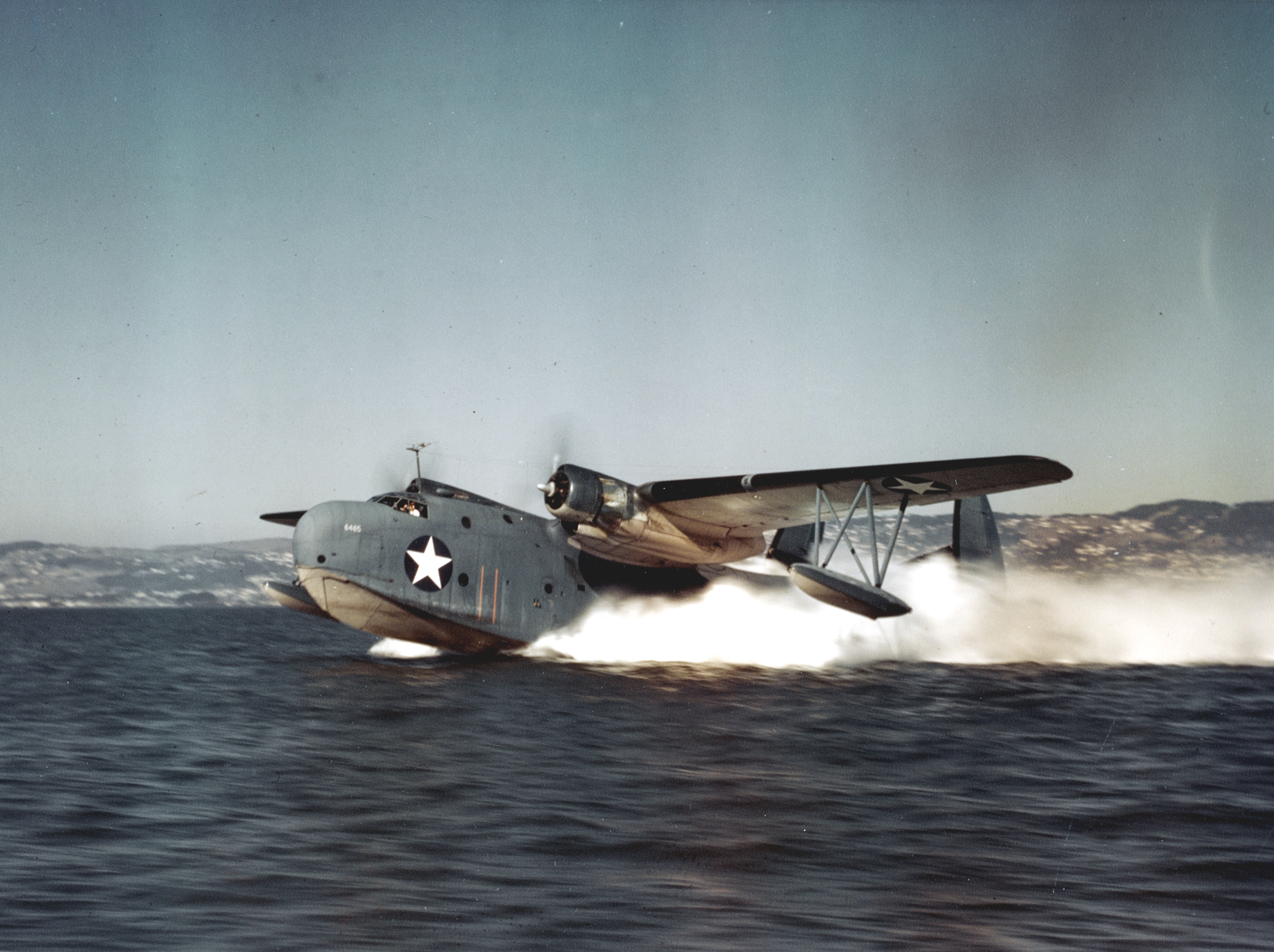|
Sikorsky S-45
The Sikorsky S-45 was a proposed Double-deck aircraft, double-deck transoceanic flying boat originally designed in 1938 by Sikorsky Aircraft for Pan Am. The high wing monoplane featured a single-step hull (watercraft), hull with a triple-tail and was to be powered by six Wright R-3350 Duplex-Cyclone engines which were being developed at the time. The aircraft would have competed with the Boeing 314 Clipper, Boeing 314 but no examples of the S-45 were ever manufactured. Specifications References {{Sikorsky Aircraft Sikorsky aircraft, S-45 1930s United States airliners Flying boats High-wing aircraft ... [...More Info...] [...Related Items...] OR: [Wikipedia] [Google] [Baidu] |
Flying Boat
A flying boat is a type of seaplane with a hull, allowing it to land on water. It differs from a floatplane in having a fuselage that is purpose-designed for flotation, while floatplanes rely on fuselage-mounted floats for buoyancy. Though a flying boat’s fuselage provides buoyancy, it may also utilize under-wing floats or wing-like hull projections (called sponsons) for additional stability. Ascending into common use during the First World War, flying boats rapidly grew in both scale and capability during the interwar period, during which time numerous operators found commercial success with the type. Flying boats were some of the largest aircraft of the first half of the 20th century, exceeded in size only by bombers developed during the Second World War. Their advantage lay in using water instead of expensive land-based runways, making them the basis for international airlines in the interwar period. They were also commonly used as maritime patrol aircraft and air-s ... [...More Info...] [...Related Items...] OR: [Wikipedia] [Google] [Baidu] |
Airliner
An airliner is a type of airplane for transporting passengers and air cargo. Such aircraft are most often operated by airlines. The modern and most common variant of the airliner is a long, tube shaped, and jet powered aircraft. The largest of them are wide-body jets which are also called twin-aisle because they generally have two separate aisles running from the front to the back of the passenger cabin. These are usually used for long-haul flights between airline hubs and major cities. A smaller, more common class of airliners is the narrow-body or single-aisle. These are generally used for short to medium-distance flights with fewer passengers than their wide-body counterparts. Regional airliners typically seat fewer than 100 passengers and may be powered by turbofans or turboprops. These airliners are the non- mainline counterparts to the larger aircraft operated by the major carriers, legacy carriers, and flag carriers, and are used to feed traffic into the large a ... [...More Info...] [...Related Items...] OR: [Wikipedia] [Google] [Baidu] |
Sikorsky Aircraft
Sikorsky Aircraft is an American aircraft manufacturer based in Stratford, Connecticut. It was established by the Russian-American aviation pioneer Igor Sikorsky in 1923, and was among the first companies to manufacture helicopters for civilian and military use. It also produced seaplanes for passenger transport and surface vehicles such as trains and boats. Sikorsky was owned by United Technologies Corporation until November 2015, when it was sold to Lockheed Martin. History On March 5, 1923, the Sikorsky Aero Engineering Corporation was founded near Roosevelt Field (airport), Roosevelt Field, New York, by Igor Sikorsky, an immigrant to the United States who was born in Kyiv, Kiev, in the Russian Empire (today in Ukraine). In 1925, the company name was changed to Sikorsky Manufacturing Company. After the success of the Sikorsky S-38, S-38, the company was reorganized as the Sikorsky Aviation Corporation with capital of $5,000,000, allowing the purchase of land and the buildin ... [...More Info...] [...Related Items...] OR: [Wikipedia] [Google] [Baidu] |
Double-deck Aircraft
A double-deck aircraft has two decks for passengers; the second deck may be only a partial deck, and may be above or below the main deck. Most commercial aircraft have one passenger deck and one cargo deck for luggage and ULD containers, but a few have two decks for passengers, typically above or below a third deck for cargo. History Many early flying boat airliners, such as the Boeing 314 Clipper and Short Sandringham, had two decks. Following World War II, the Stratocruiser, a partially double-decked derivative of the B-29 Superfortress, became popular with airlines around the world. The first full double-deck aircraft was the French Breguet Deux-Ponts, in service from 1953. The first partial double-deck jet airliner was the widebody Boeing 747, in service from 1970, with the top deck smaller than the main deck. Boeing originally designed the distinctive 747 bubble top with air cargo usage in mind. The small top deck permitted the cockpit and a few passengers and nos ... [...More Info...] [...Related Items...] OR: [Wikipedia] [Google] [Baidu] |
Pan Am
Pan American World Airways, originally founded as Pan American Airways and more commonly known as Pan Am, was an airline that was the principal and largest international air carrier and unofficial overseas flag carrier of the United States for much of the 20th century. The first airline to fly worldwide, it pioneered innovations such as Wide-body aircraft, jumbo jets and computerized reservation systems, and introduced the Boeing 707, first American jetliner in 1958. Until its dissolution on December 4, 1991, Pan Am "epitomized the luxury and glamour of intercontinental travel", and it remains a cultural icon of the 20th century, identified by its blue globe logo ("The Blue Meatball"), the use of the word "Clipper" in its aircraft names and call signs, and the white uniform caps of its pilots. Founded in 1927 by two U.S. Army Air Corps majors, Pan Am began as a scheduled airmail and passenger service flying between Key West, Florida, and Havana, Cuba. In the 1930s, under the le ... [...More Info...] [...Related Items...] OR: [Wikipedia] [Google] [Baidu] |
Hull (watercraft)
A hull is the watertight body of a ship, boat, submarine, or flying boat. The hull may open at the top (such as a dinghy), or it may be fully or partially covered with a deck. Atop the deck may be a deckhouse and other superstructures, such as a funnel, derrick, or Mast (sailing), mast. The line where the hull meets the water surface is called the waterline. General features There is a wide variety of hull types that are chosen for suitability for different usages, the hull shape being dependent upon the needs of the design. Shapes range from a nearly perfect box, in the case of scow barges, to a needle-sharp surface of revolution in the case of a racing multihull sailboat. The shape is chosen to strike a balance between cost, hydrostatic considerations (accommodation, load carrying, and stability), hydrodynamics (speed, power requirements, and motion and behavior in a seaway) and special considerations for the ship's role, such as the rounded bow of an icebreaker or the flat bot ... [...More Info...] [...Related Items...] OR: [Wikipedia] [Google] [Baidu] |
Boeing 314 Clipper
The Boeing 314 Clipper was an American long-range flying boat produced by Boeing from 1938 to 1941. One of the largest aircraft of its time, it had the range to cross the Atlantic and Pacific oceans. For its wing, Boeing re-used the design from the earlier XB-15 bomber prototype. Twelve Clippers were built, nine of which served with Pan Am. It was the first aircraft to carry a sitting American president, when in 1943 Franklin D. Roosevelt flew from Miami to the Casablanca Conference in Morocco, via Trinidad, Brazil, and The Gambia. Development Background As early as 1935 Pan American had identified that a truly trans-Pacific flying boat with unprecedented range and double the passenger payload of the airline's Martin M-130 would be required particularly if they were to provide a service across the longer more difficult Atlantic route and requested proposals from a number of American manufacturers.Trautman, pp. 54-56 In February 1936, not long after the M-130s were introduce ... [...More Info...] [...Related Items...] OR: [Wikipedia] [Google] [Baidu] |
Wright R-3350 Duplex-Cyclone
The Wright R-3350 Duplex-Cyclone is an American twin-row, supercharged, air-cooled, radial aircraft engine with 18 cylinders displacing nearly . Power ranged from , depending on model. Developed before World War II, the R-3350's design required a long time to mature, and was still experiencing problems with reliability when used to power the Boeing B-29 Superfortress. After the war, the engine had matured sufficiently to be used in many civilian airliners, notably in its turbo-compound forms, and was used in the Lockheed L-1049 Super Constellation airliners into the 1950s. Its main rival was the , Pratt & Whitney R-4360 Wasp Major, which first ran some seven years after the Duplex-Cyclone. The engine is commonly used on Hawker Sea Fury and Grumman F8F Bearcat Unlimited Class Racers at the Reno Air Races. Design and development In 1927, Wright Aeronautical introduced its "Cyclone" engine, which powered a number of designs in the 1930s. After merging with Curtiss to become ... [...More Info...] [...Related Items...] OR: [Wikipedia] [Google] [Baidu] |
Radial Engine
The radial engine is a reciprocating engine, reciprocating type internal combustion engine, internal combustion engine configuration in which the cylinder (engine), cylinders "radiate" outward from a central crankcase like the spokes of a wheel. It resembles a stylized Star polygon, star when viewed from the front, and is called a "star engine" in some other languages. The radial configuration was commonly used for aircraft engines before gas turbine engines became predominant. Engine operation Since the axes of the cylinders are coplanar, the connecting rods cannot all be directly attached to the crankshaft unless mechanically complex forked connecting rods are used, none of which have been successful. Instead, the pistons are connected to the crankshaft with a master-and-articulating-rod assembly. One piston, the uppermost one in the animation, has a master rod with a direct attachment to the crankshaft. The remaining pistons pin their connecting rods' attachments to rings ar ... [...More Info...] [...Related Items...] OR: [Wikipedia] [Google] [Baidu] |
Sikorsky Aircraft
Sikorsky Aircraft is an American aircraft manufacturer based in Stratford, Connecticut. It was established by the Russian-American aviation pioneer Igor Sikorsky in 1923, and was among the first companies to manufacture helicopters for civilian and military use. It also produced seaplanes for passenger transport and surface vehicles such as trains and boats. Sikorsky was owned by United Technologies Corporation until November 2015, when it was sold to Lockheed Martin. History On March 5, 1923, the Sikorsky Aero Engineering Corporation was founded near Roosevelt Field (airport), Roosevelt Field, New York, by Igor Sikorsky, an immigrant to the United States who was born in Kyiv, Kiev, in the Russian Empire (today in Ukraine). In 1925, the company name was changed to Sikorsky Manufacturing Company. After the success of the Sikorsky S-38, S-38, the company was reorganized as the Sikorsky Aviation Corporation with capital of $5,000,000, allowing the purchase of land and the buildin ... [...More Info...] [...Related Items...] OR: [Wikipedia] [Google] [Baidu] |
1930s United States Airliners
Year 193 ( CXCIII) was a common year starting on Monday of the Julian calendar. At the time, it was known as the Year of the Consulship of Sosius and Ericius (or, less frequently, year 946 ''Ab urbe condita''). The denomination 193 for this year has been used since the early medieval period, when the Anno Domini calendar era became the prevalent method in Europe for naming years. Events By place Roman Empire * January 1 – Year of the Five Emperors: The Roman Senate chooses Publius Helvius Pertinax, against his will, to succeed the late Commodus as Emperor. Pertinax is forced to reorganize the handling of finances, which were wrecked under Commodus, to reestablish discipline in the Roman army, and to suspend the food programs established by Trajan, provoking the ire of the Praetorian Guard. * March 28 – Pertinax is assassinated by members of the Praetorian Guard, who storm the imperial palace. The Empire is auctioned off; Marcus Didius Julianus the hi ... [...More Info...] [...Related Items...] OR: [Wikipedia] [Google] [Baidu] |
Flying Boats
A flying boat is a type of seaplane with a hull (watercraft), hull, allowing it to land on water. It differs from a floatplane in having a fuselage that is purpose-designed for flotation, while floatplanes rely on fuselage-mounted floats for buoyancy. Though a flying boat’s fuselage provides buoyancy, it may also utilize under-wing Float (nautical), floats or wing-like hull projections (called sponsons) for additional stability. Ascending into common use during the First World War, flying boats rapidly grew in both scale and capability during the interwar period, during which time numerous operators found commercial success with the type. Flying boats were some of the largest aircraft of the first half of the 20th century, exceeded in size only by bombers developed during the Second World War. Their advantage lay in using water instead of expensive land-based runways, making them the basis for international airlines in the interwar period. They were also commonly used as mar ... [...More Info...] [...Related Items...] OR: [Wikipedia] [Google] [Baidu] |









